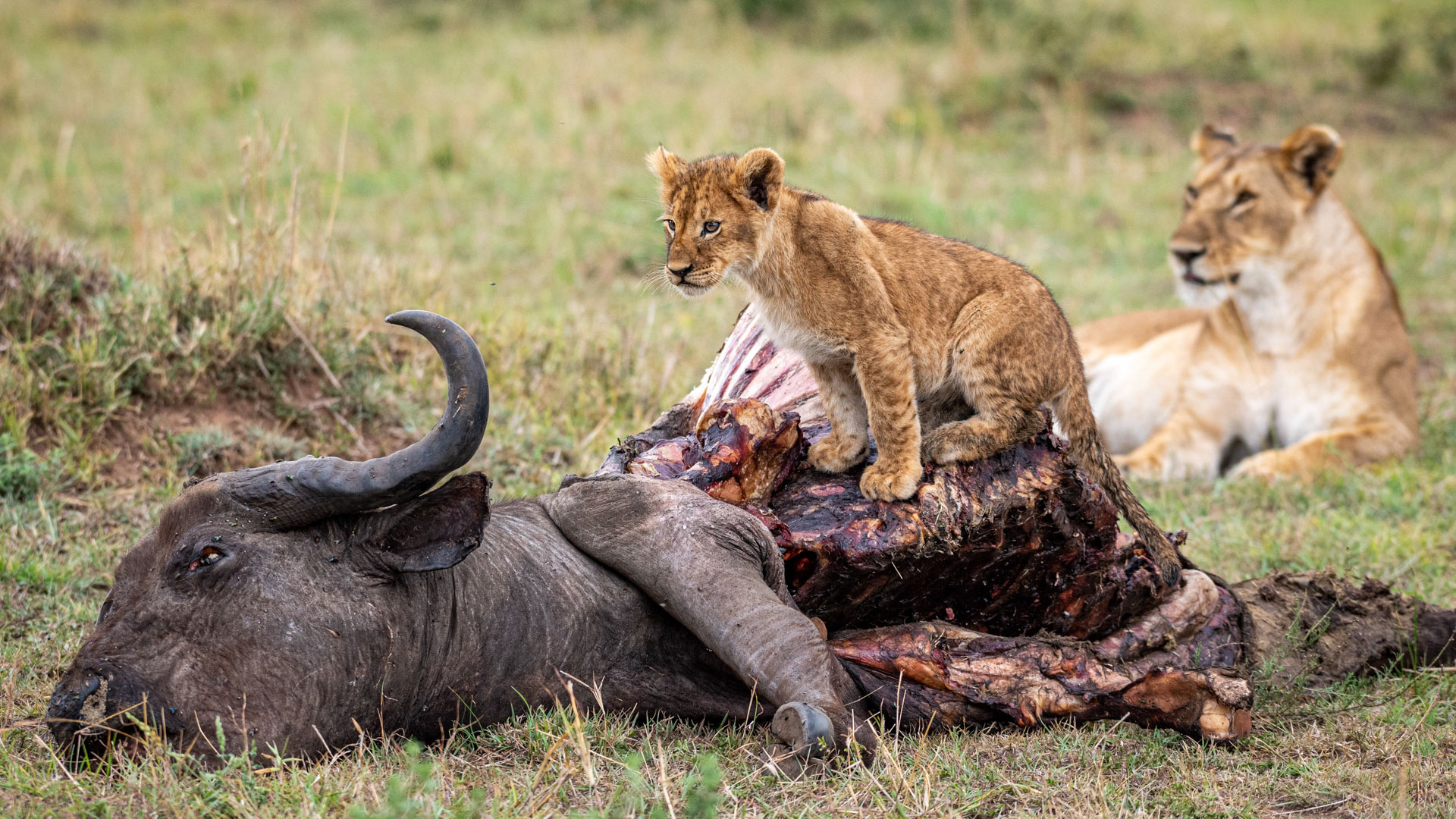
'Survival of the fittest' plays out daily here in the Mara. Herbivores evolved to have stomachs capable of processing the energy from sunlight stored in the grass and spend most of their waking lives searching it. We see the movement of millions of animals across thousands of kilometers in search of fresh grass. Lurking in that grass are carnivores who can only process meat as a source of sustenance. Most of these predators expend great amounts of energy to catch one of these herbivores. Not far behind the predators are the scavengers with the strongest digestive systems of all and can even process bone. This week saw the relationships between these animals enacted in elaborate ways.


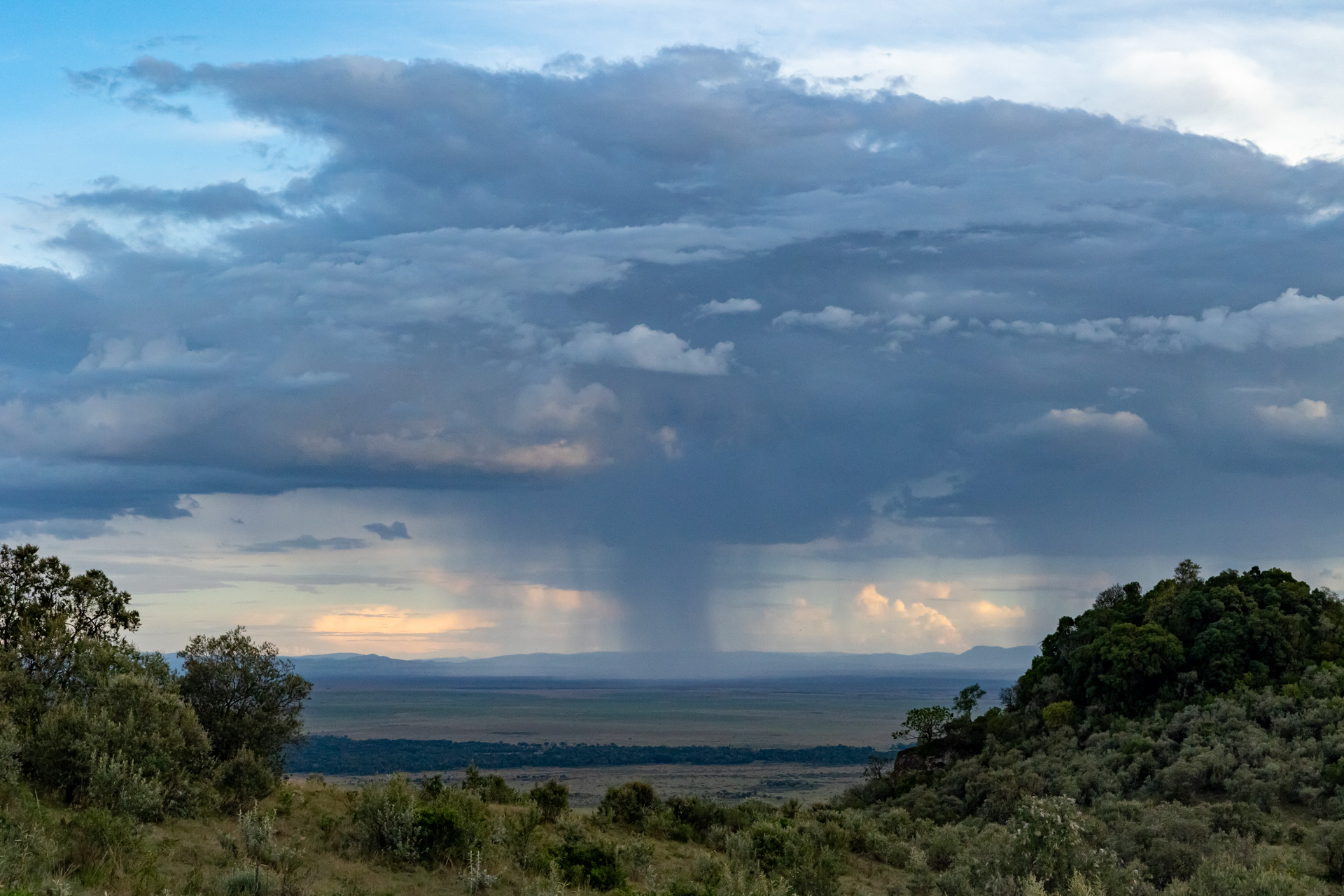
Not far from Egyptian pond we came across the eponymous Egyptian Pride. There were two older females and three sub-adult cubs with a wildebeest kill. You could see their bellies were extended and had eaten very well but one older female was still working. Slowly, one by one, we noticed as scavengers began to appear. Within minutes, the small black dots in the sky turned into vultures as they descended to the ground. The lioness picked up the carcass and moved it in anticipation of what was coming.
Then, hyenas and jackals slowly inched toward her. It was as if a wave of animals was summoned and the lioness looked helpless. She did her best to chase them away but when she went in one direction, others would come from behind. Eventually, she was overcome by their sheer numbers and the kill was covered in scavengers. Predators and scavengers are in a constant battle for food.
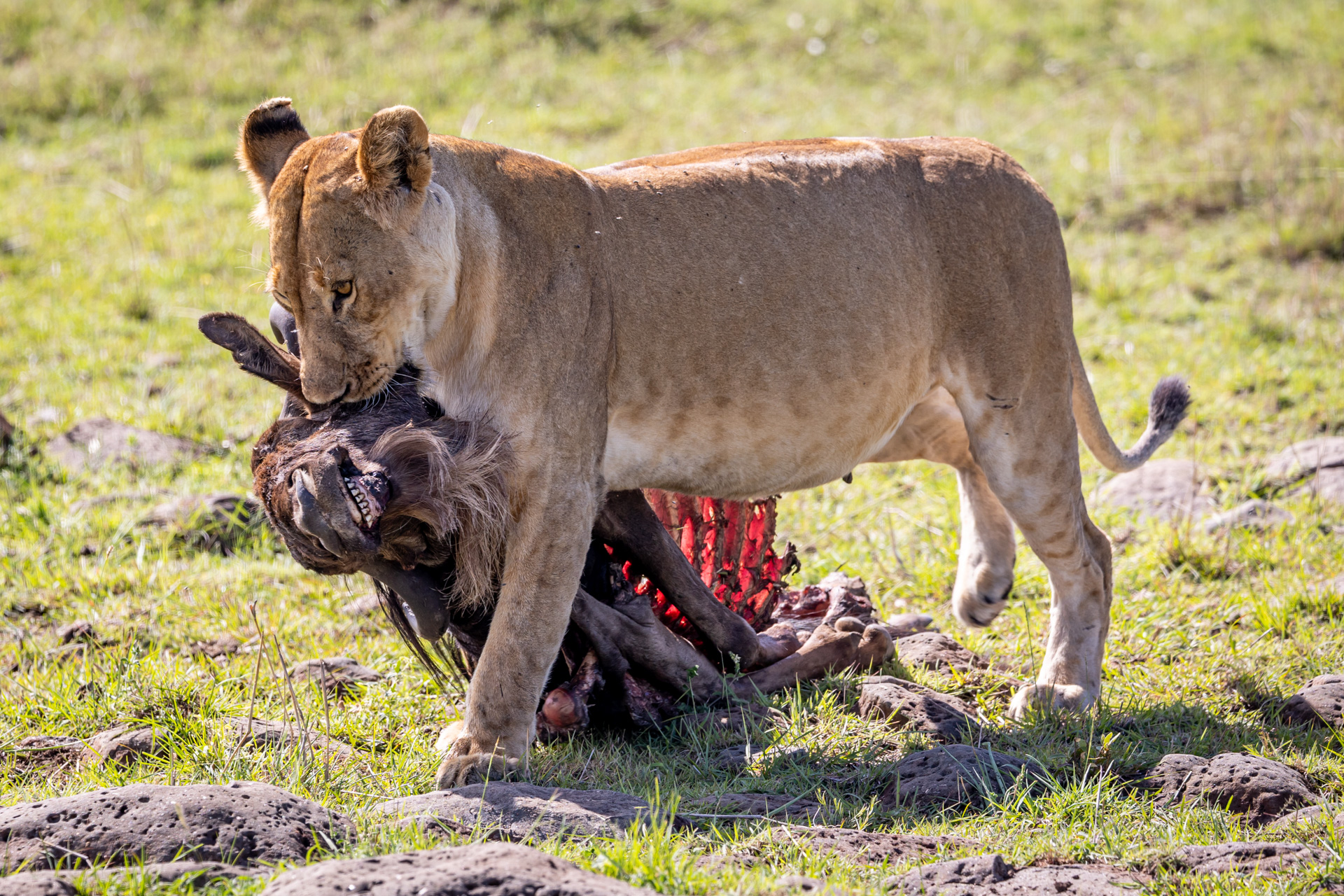


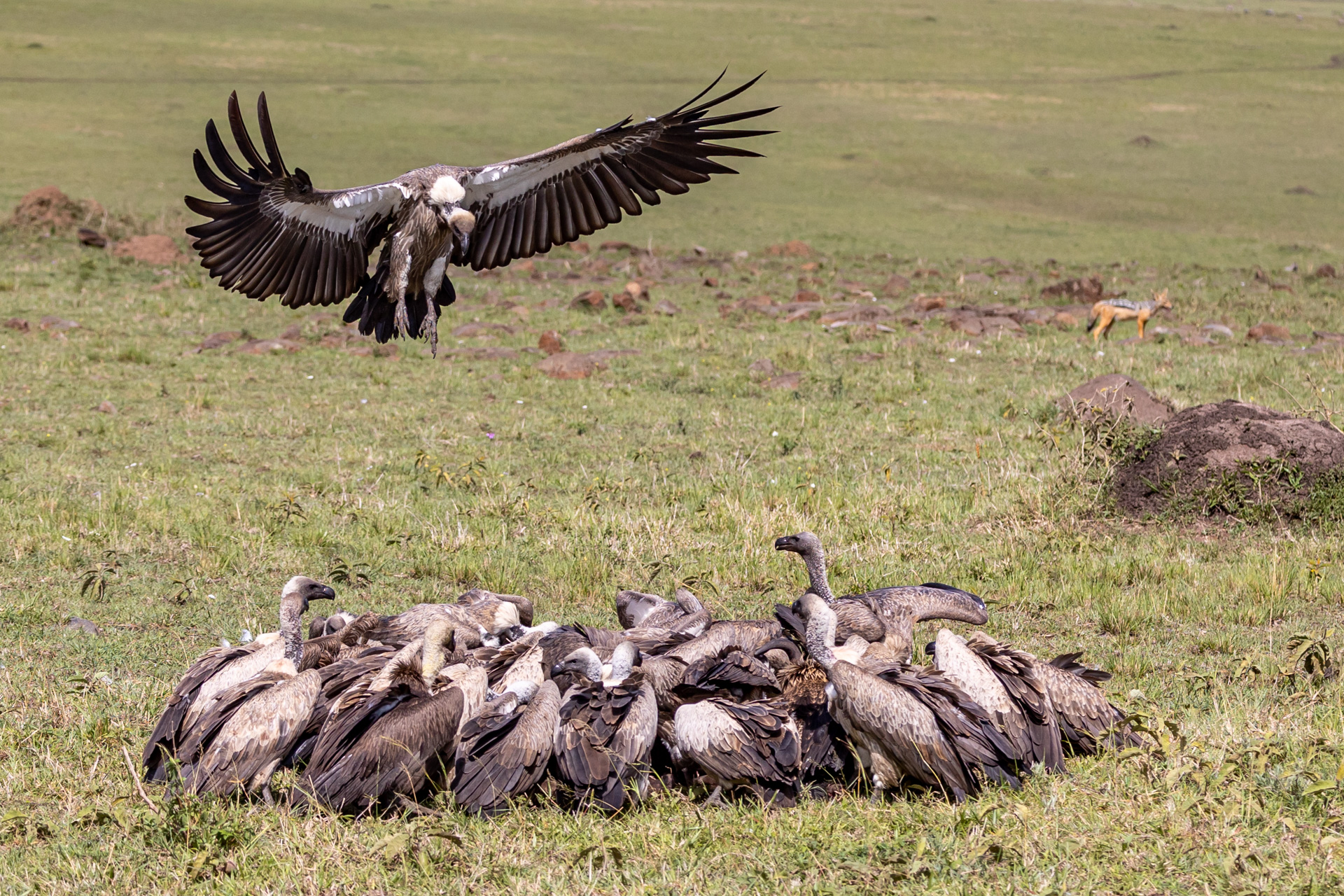
Titus, one of Angama's guides and a talented photographer himself, was able to spend some time with the Purungat Pride this week. They were found in a place called Nyumba Nane, surrounding a buffalo carcass. One of the cubs seemed to be eating the eyes of the buffalo which is not uncommon as they are soft and easy to digest. There were several lions around the kill so the scavengers who were waiting for the right moment to get a meal were not able to get close. Typically, lions will eat until full and then continue moving, leaving the last scraps of food to the scavengers.


The Egyptian pond is one of my favourite parts of the park. It is a source of water for many animals and there always seems to be something going on there. As I drove up, I noticed that one of the Nyati 6 males was up on a mound with three of his brothers lying next to him. There were no other cars around, so I turned my engine off and spent the next few hours with them. As we've documented before, the thing that struck me most was how affectionate they were with each other. Every few moments one member of the coalition would walk next to another and gently rub heads and groom each other, licking and cleaning each other's manes.
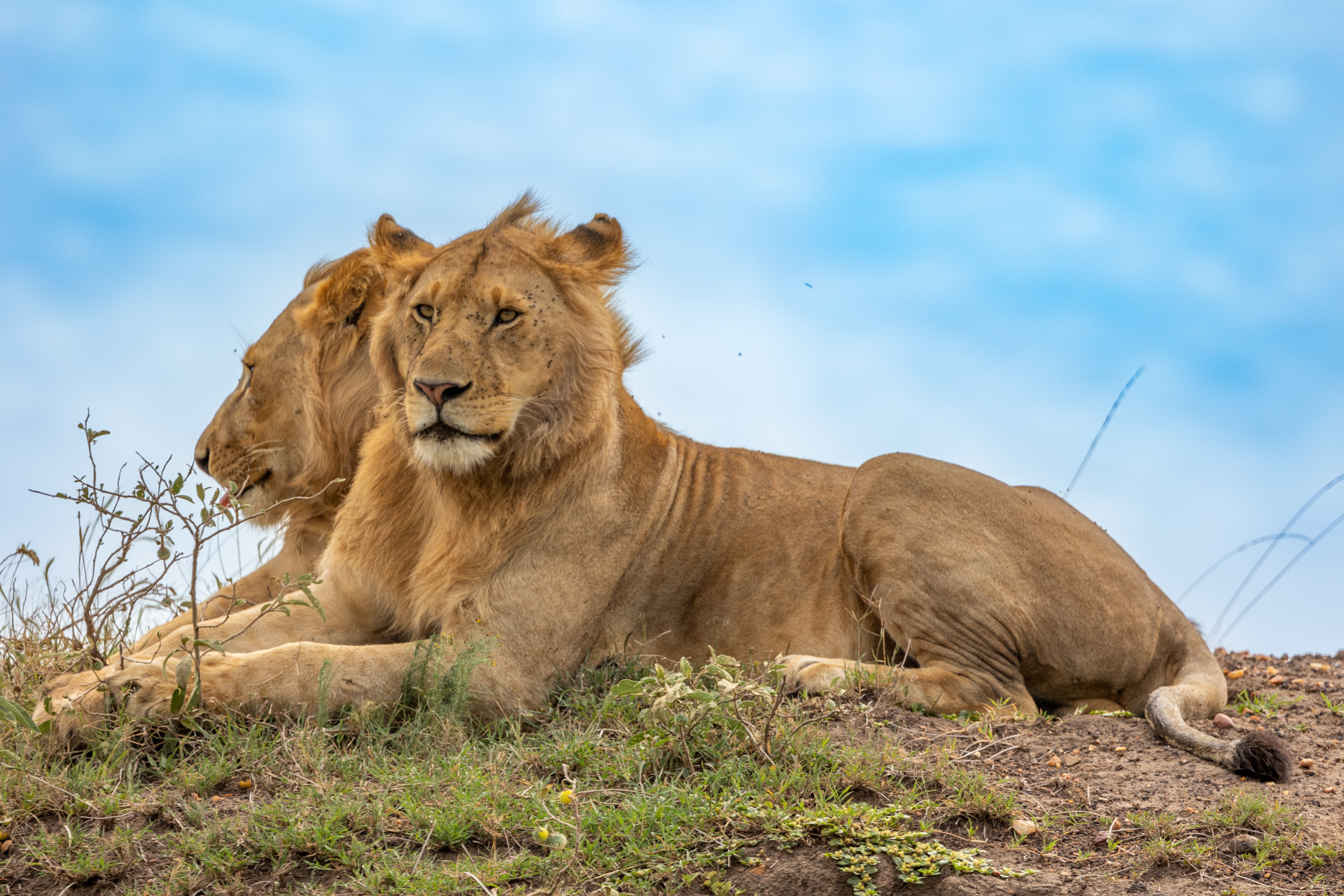
As they drank from the pond, one of them very hesitantly stepped into the water. He slowly started to splash it with his paw like he was looking for something in the mud. A few moments later, one of his brothers joined him and they began to play. It was a joy to see them so playful and full of energy for a brief moment. Lions will tend to use water sources like this to cool off and relax their muscles.

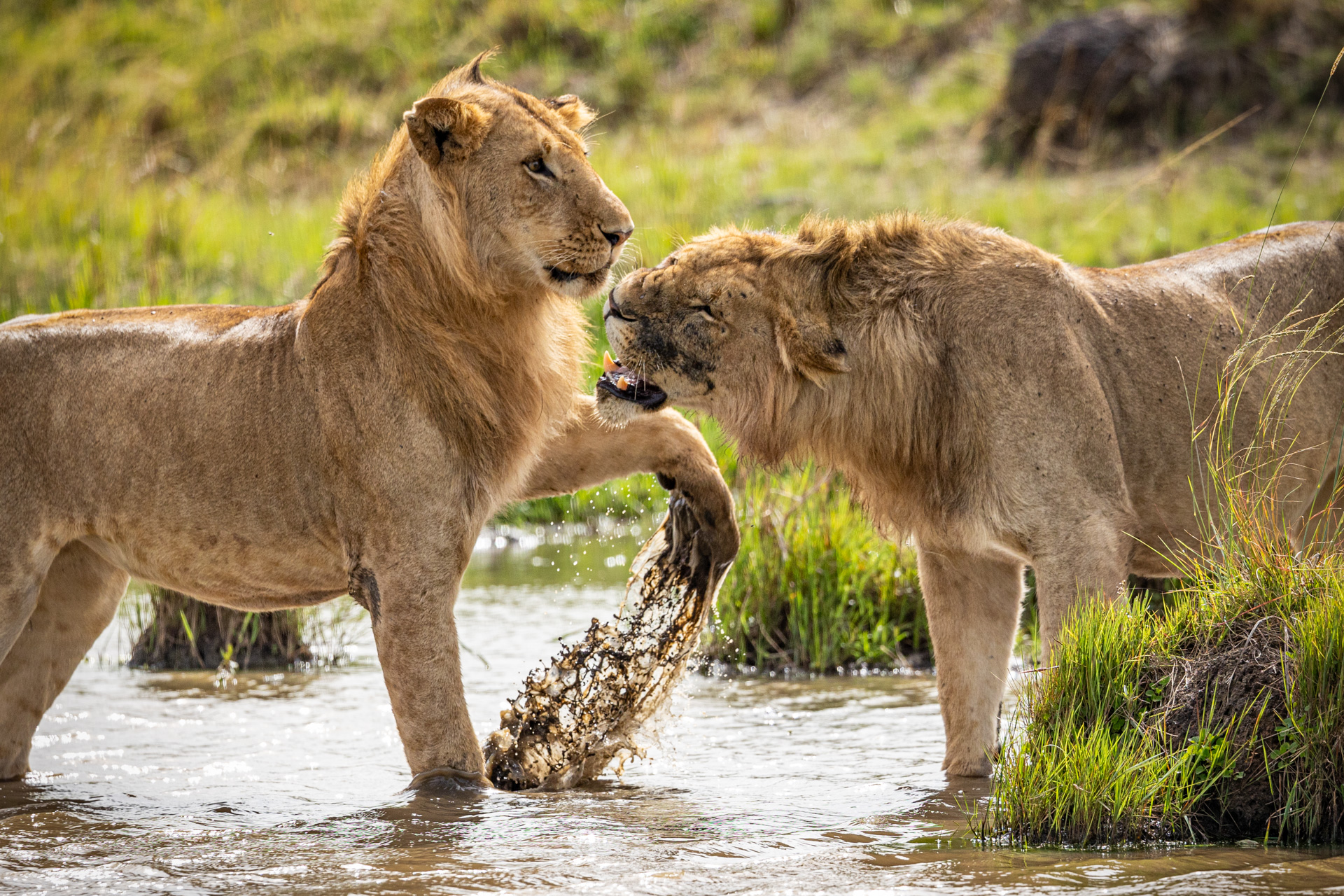
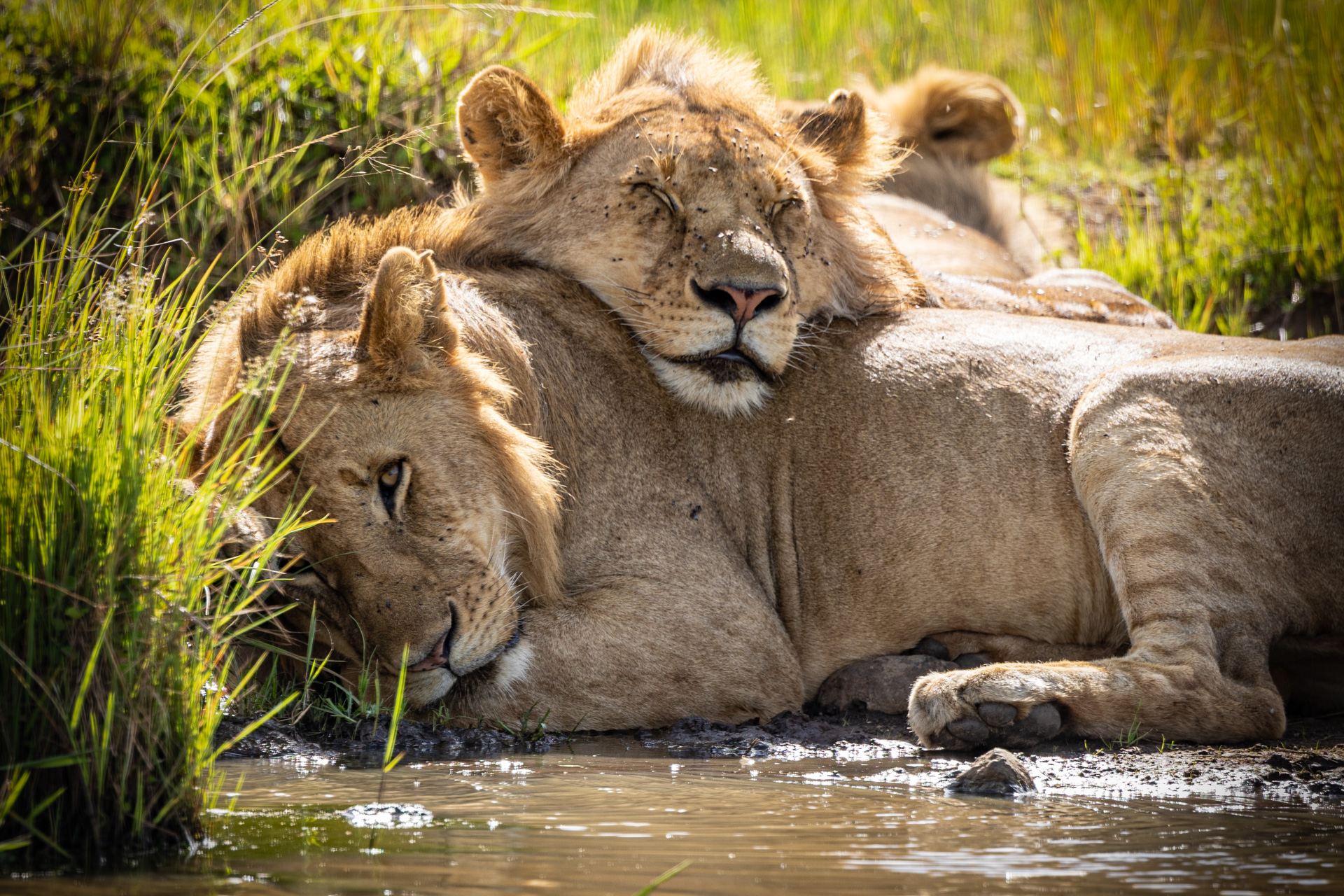
To end this week, we showcase some of the rich diversity of the creatures that call the sky home. 10% of all bird species in the world can be found here in Kenya and evolution has led to some extraordinary birds that are local to the Mara. The act of identifying and photographing them is so much fun because it feels endless.
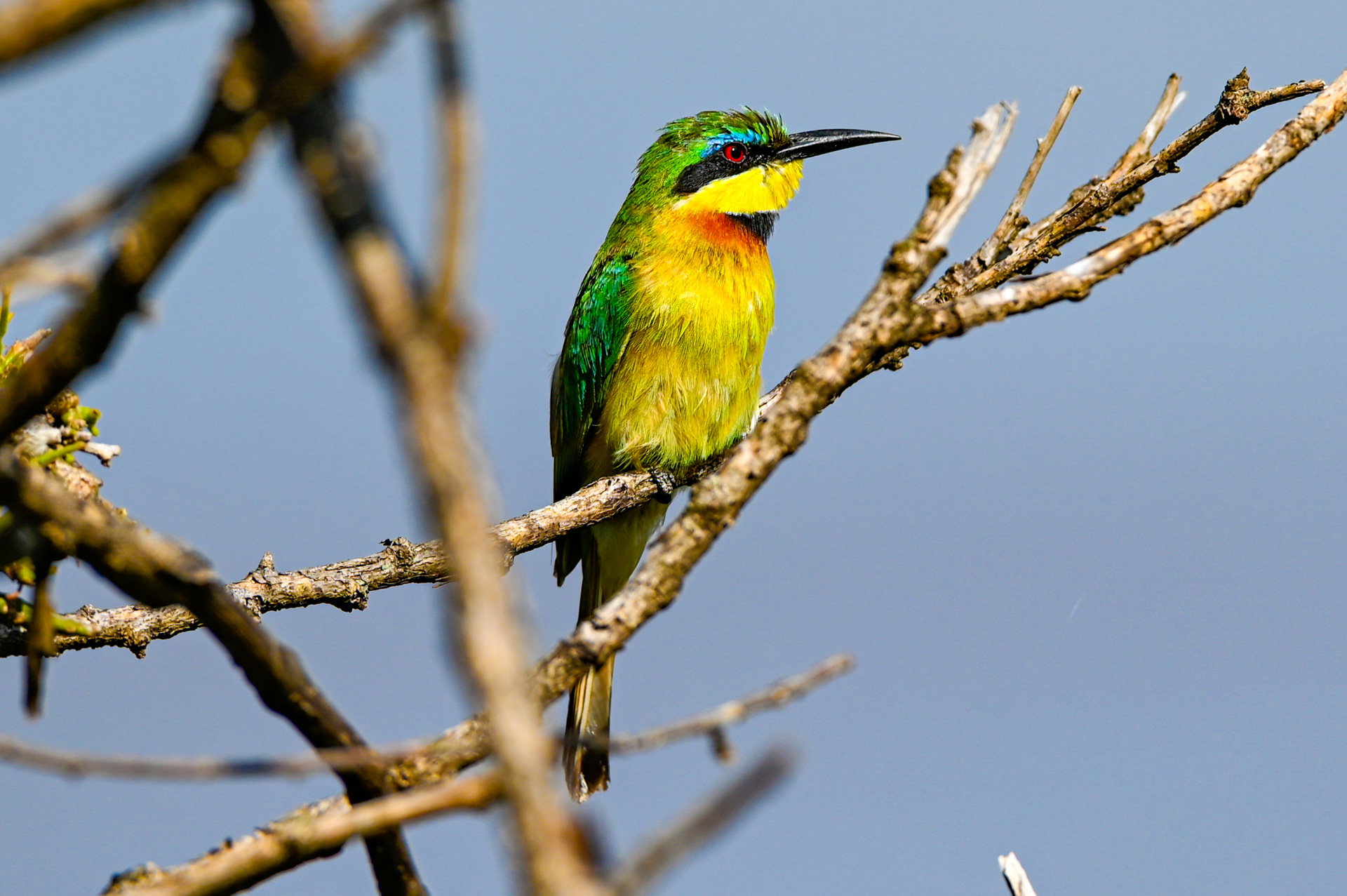
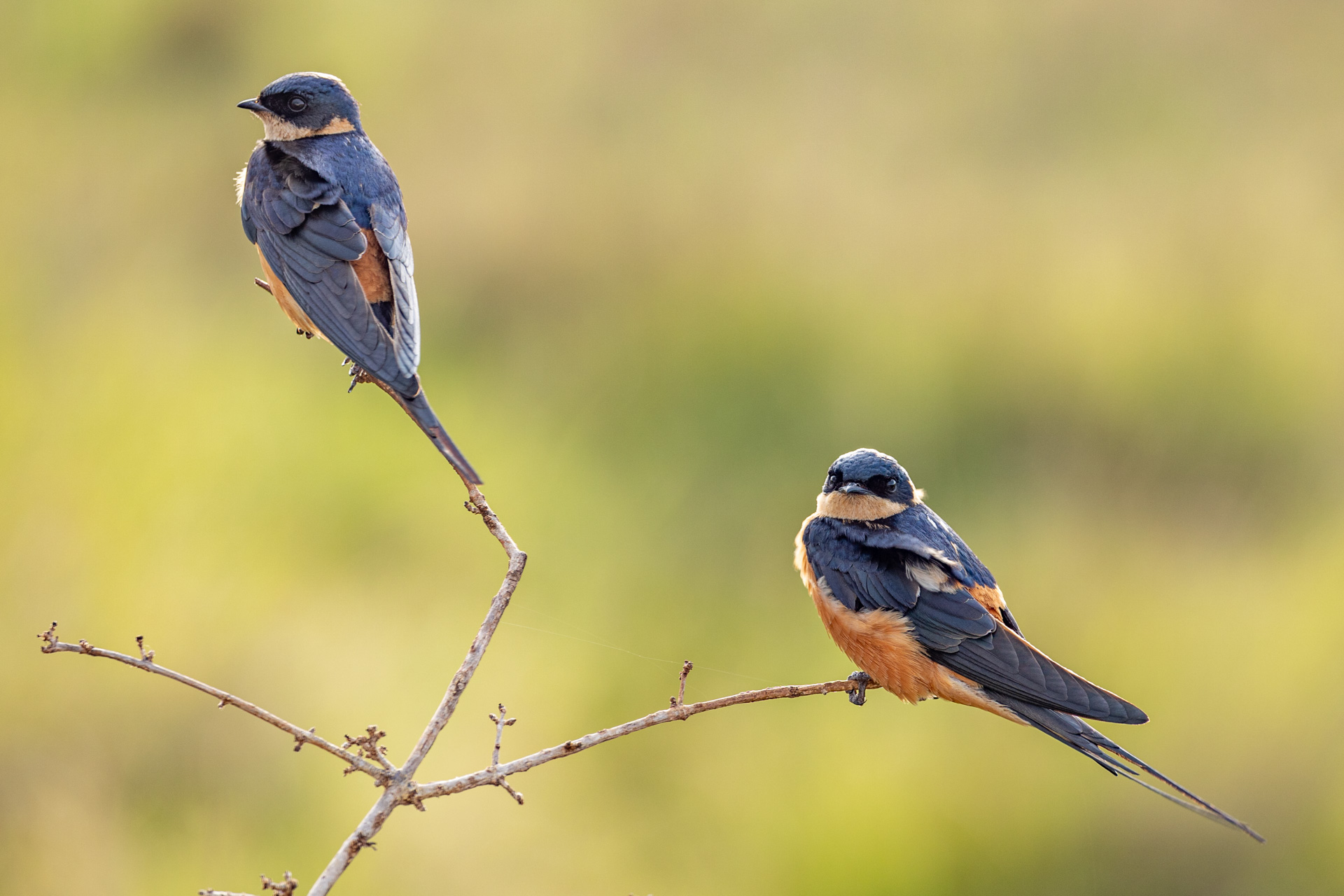


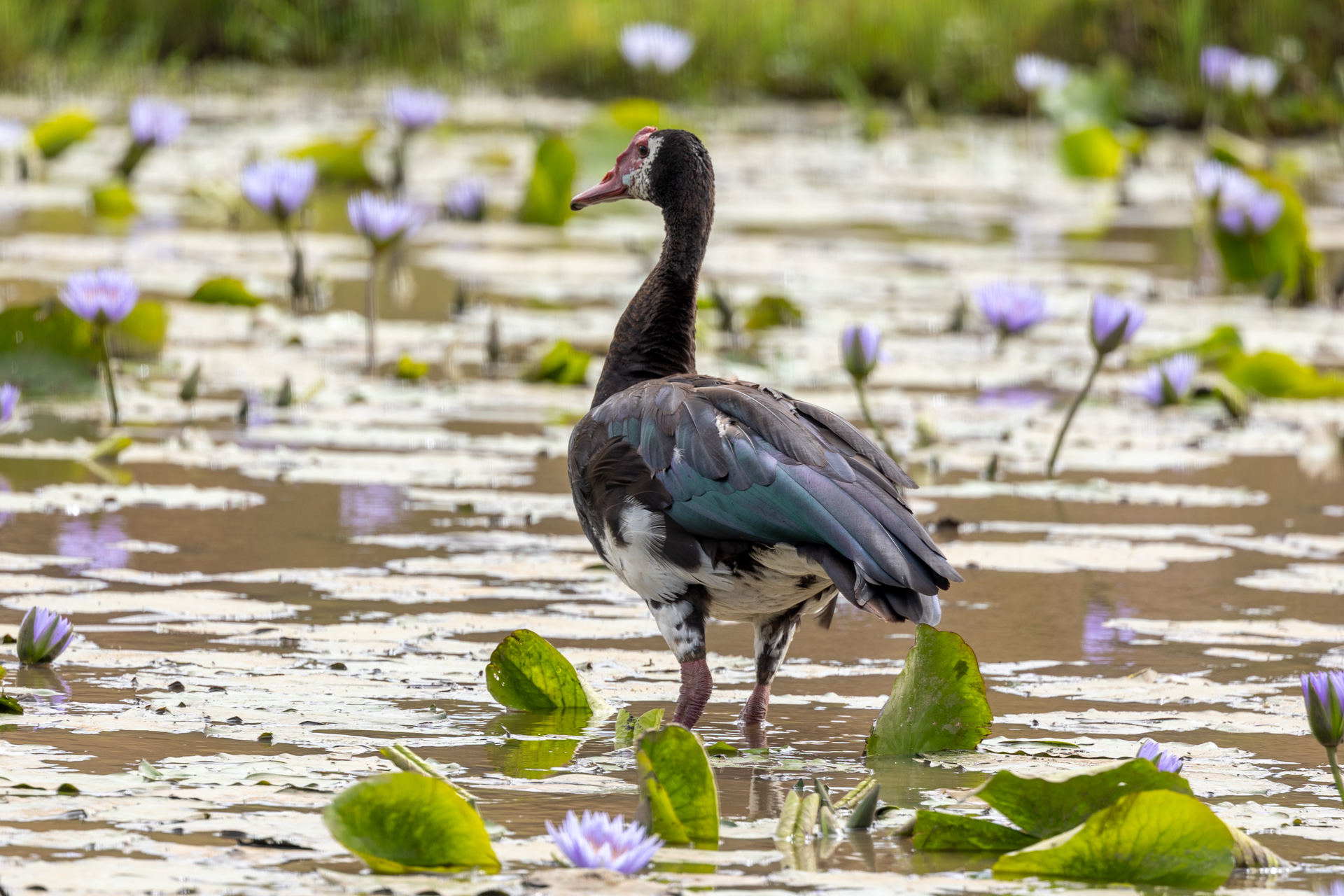
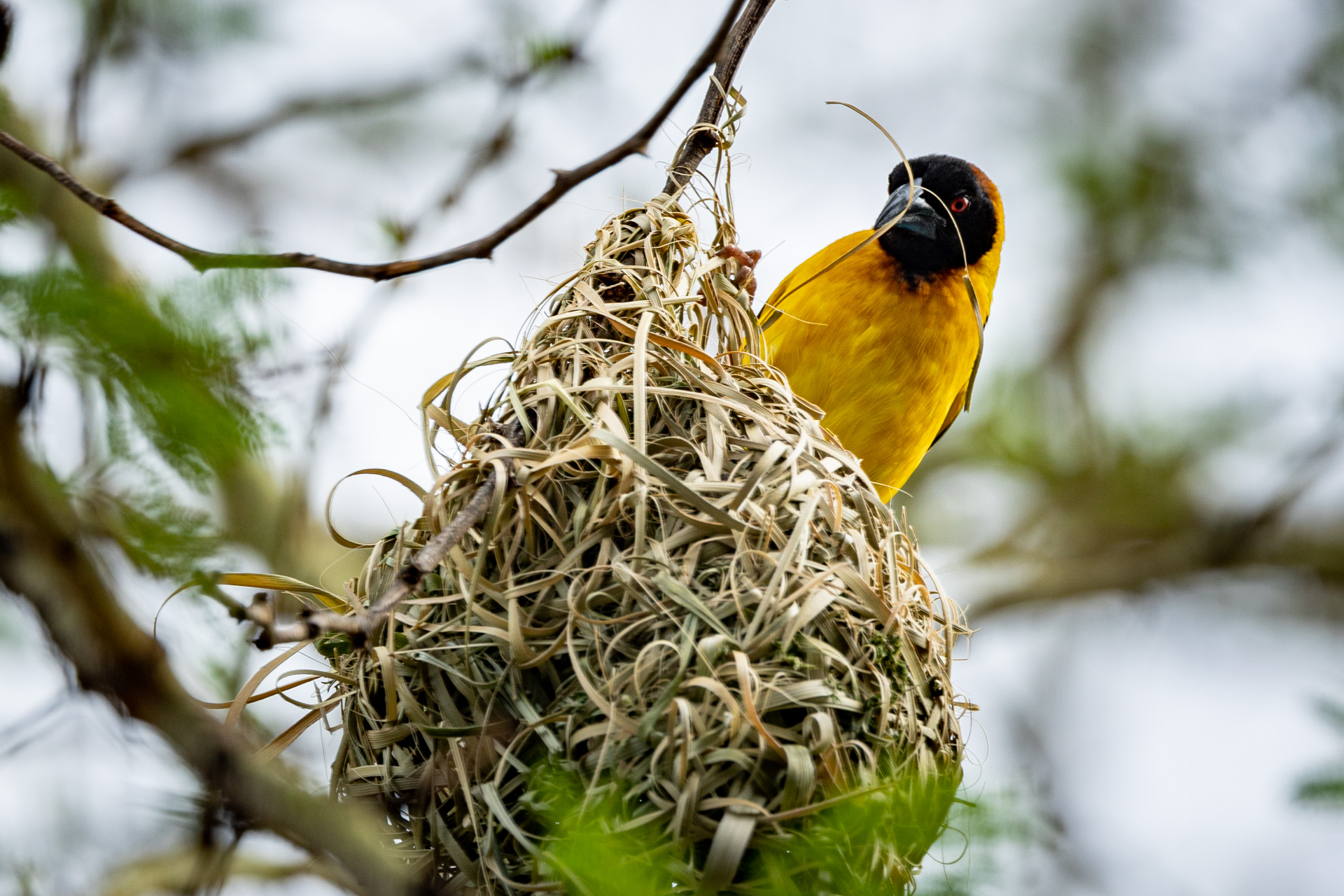
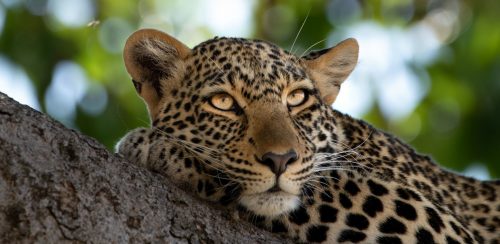
It's hard to believe that this week last year we were celebrating This Week at Angama 200. In this blog, Robert and Eric reflect on their journey over the past few months of getting to know the characters that reside in the Mara Triangle.
Filed under: This Week at Angama
Subscribe for Weekly Stories
Comments (2):
5 December 2022
Great clarifications and week analysis is the best way of marketing orientation for our privileged land to obtain the improved sales in the tourism industry. I love your own organisation of doing this plus the company itself, i pray to help you some day God willing in offering and gaining the most experience to the honoured guests who book for Safaris through your chains. Thank You.

Angama Safari Offers